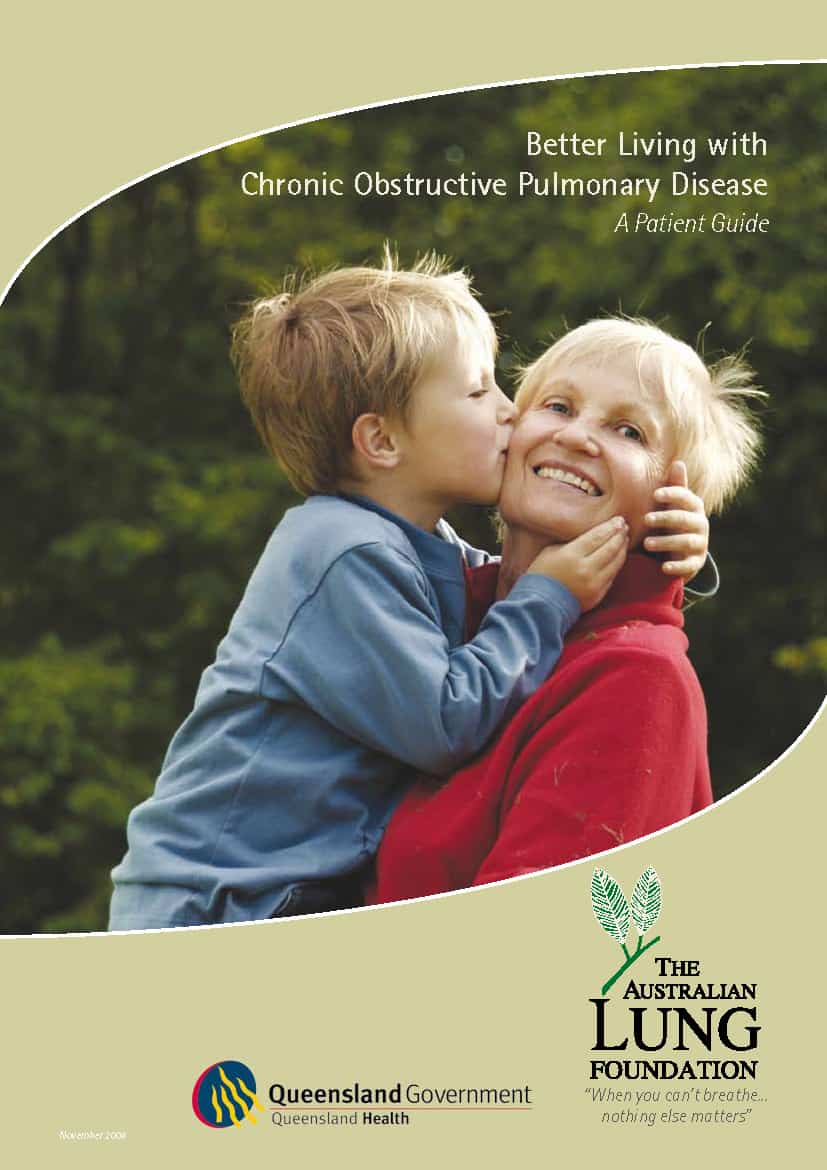Occupational Health and Safety in Australia is invariably related to the role of the trade union movement. OHS legislation legislates a presence for the Health and Safety Representative in most jurisdictions and historically, the HSR has been a union member.
I suspect that union members still make up the largest proportion of HSR training courses. HSRs are the shopfloor OHS enforcers. Lord Robens acknowledged that a constant worksite presence was an important element of safety compliance and the union movement jumped at the chance of formal legislated presence.
Tom Brambles, the author of the article on the right, has just written a book entitled “Trade Unionism in Australia – A history from flood to ebb tide” (pictured below). The book covers the union movement over the last 40 years and details some of the political campaigns that may have contributed to their decline.
Significantly for Australian workplaces, Bramble points out that union membership now lies at just under 20%. In May 2008, Tasmanian Premier Paul Lennon resigned as his personal approval rate hit 17%. Brendan Nelson hit a 17% approval rating in August this year while he was Opposition Leader. 17% is a political benchmark for change and the union movement is approaching that figure.
For years, I have been questioning whether the political influence of the Australian trade union movement is justified; whether tripartism is of more historical relevance than contemporary; and how workplace safety can be adequately policed on the shopfloor when there are so few police.
Tom Bramble’s book is not about OHS but about the waning of an important societal element that was very important to OHS management systems. Yes it’s about industrial relations but it is also about human resources and social campaigns and may provide some tips on how the safety profession should, and should not, go about building a national presence and spreading its influence with key decision-makers.
This post first appeared in a slightly longer version in SafetyWeek – Issue 166 in early October 2008
A transcript of short piece that Tom Bramble read for Australia’s Radio National is available at http://www.abc.net.au/rn/perspective/stories/2008/2412452.htm




